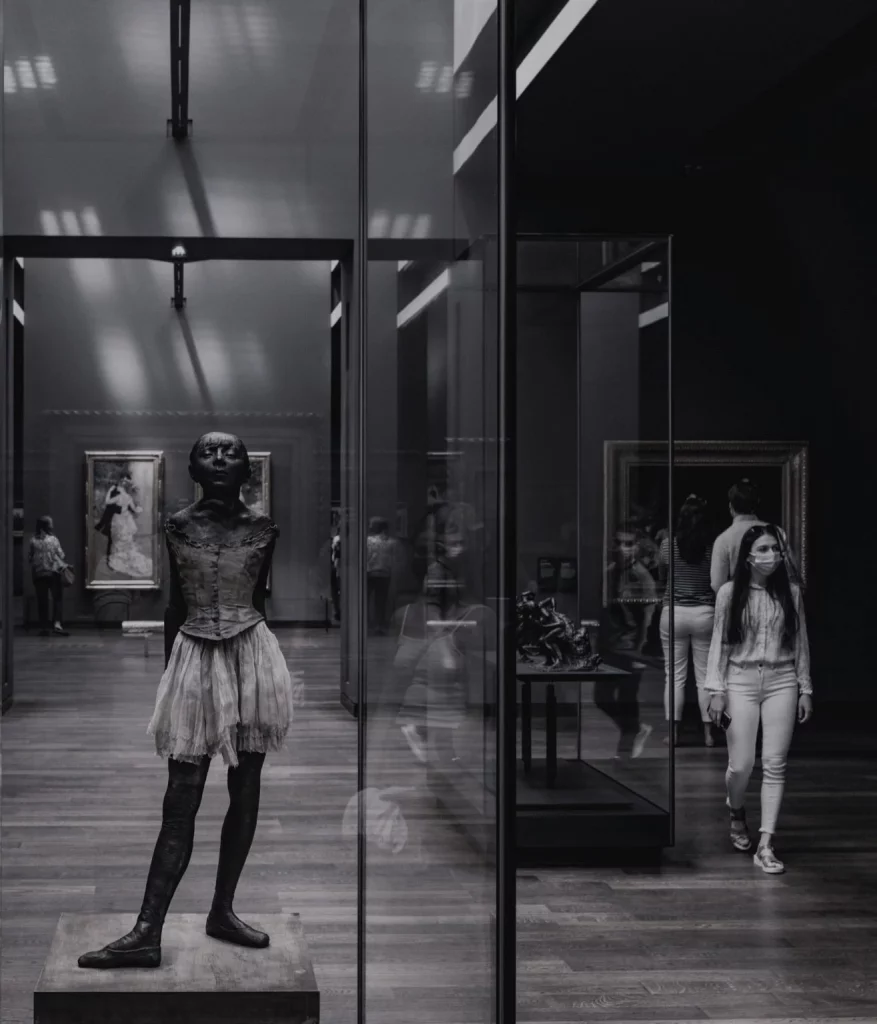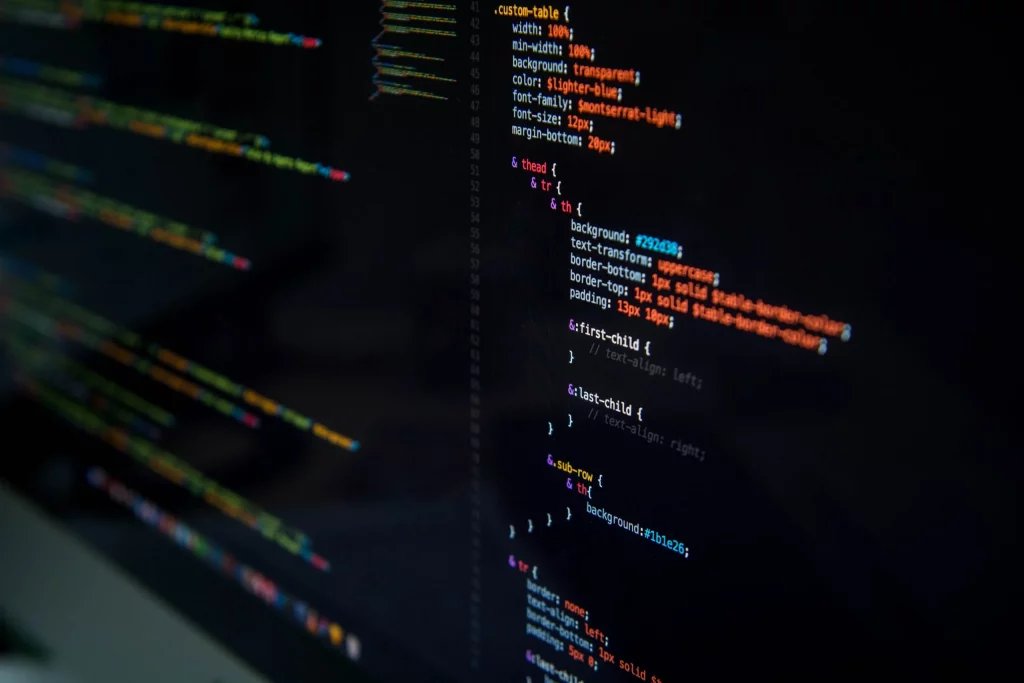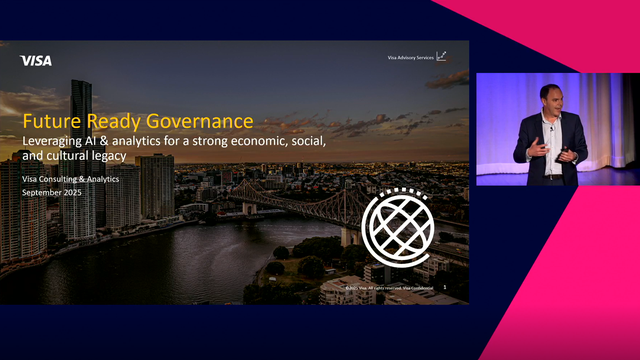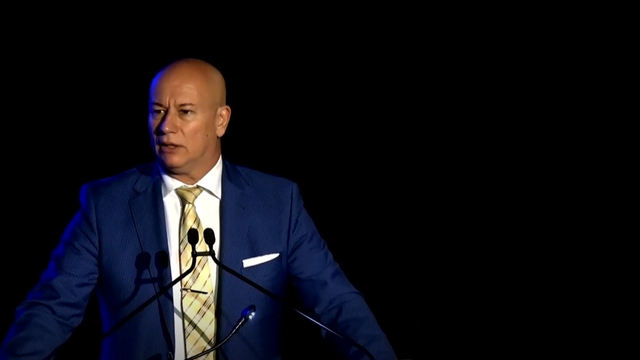Prior to her exciting panel discussion at PSN's 'DevOps in the Public Sector' virtual event, we caught up with Rayvn Manuel to find out more about her career in the public sector, the impact of COVID-19 upon her work, and more.
About Ravyn:

Q1:
As the principal developer responsible for the planning, the design, and implementation of web-based interactives developed by the National Museum of African American History & Culture, your skills would offer you private sector opportunities. What drew you to public service and what has kept you engaged?
A1:
The opportunity to work for the Smithsonian Institution is what drew me to public service. It has been one of my favorite places in the US since I was a kid. The work that I do is what keeps me engaged. I am fortunate to work for a unit that was born “digital first” and continues to strive for unique and innovative ways to engage and inspire our visitors.

Q2:
With the impact of COVID-19 preventing access to the Smithsonian’s facilities to the general public – and the important mission that the National Museum of African American History & Culture plays; how is the museum pivoting and how are you involved in reframing access to the museum? What role can DevOps leaders play in helping to facilitate the ‘New Normal’?
A2:
The units which offer public access are all looking for safe ways to enhance the visitor experience. One way in which we are reframing access is by seeking non-contact alternatives to our hands-on interactives. As a DevOps leader, I am able to facilitate the development workflow by finding flexible and adaptable ways to deliver our digital products.
Q3:
How has the DevOps community – especially within the public sector – changed since you began your career? Have initiatives like ‘Girls who Code’ had a significant impact to date on the demographics within the practice? Where do we go from here?

A3:
The acceptance of and willingness to integrate Open-Source technologies has been an area I’ve seen change during my career in public sector. There is a willingness by the various OCIOs to adapt security policies to accommodate the use of community-supported code.
While initiatives like “Girls who Code” will begin to have an impact on demographics in 5 – 10 years when these young programmers enter the workplace, I have not experienced or seen a significant shift at this time.
I believe that a missed opportunity is the lack of mentoring programs for mid-career women, people of color and other underrepresented groups. Many of the programs are geared towards high-school and college students. I think that if public and private sector organizations were willing to invest energy in those who are struggling for equity and already in the workplace – it would help pave the wave for the next generation.
Q4:
In closing - what would you say to the next generation of public sector leaders, and those currently considering a career in public service?
A4:
I would advise to ‘strive for incremental change’ and to ‘always be forward thinking’. I think that adopting this approach to any and everything will foster a culture of innovation and fearlessness in the organization. It will also challenge the workforce to value people and ideas that may not be successful at first but in the end leads to the next step in the evolution of the organization.

Want more insights like these? Join Ravyn & fellow DevOps experts for a day of interactive discussions at PSN's upcoming Executive Session:
'DevOps in the Public Sector'
When: March 3rd, 2021 | 12pm-1:30pm ET
Where: Online | Complimentary for Public Sector Employees
In this exclusive Q&A with the Senior Application Developer & DevOps Engineer at the National Museum of African American History & Culture, Rayvn Manuel, we explore her career in the public sector, the impact of COVID-19 upon her work, and more.



































